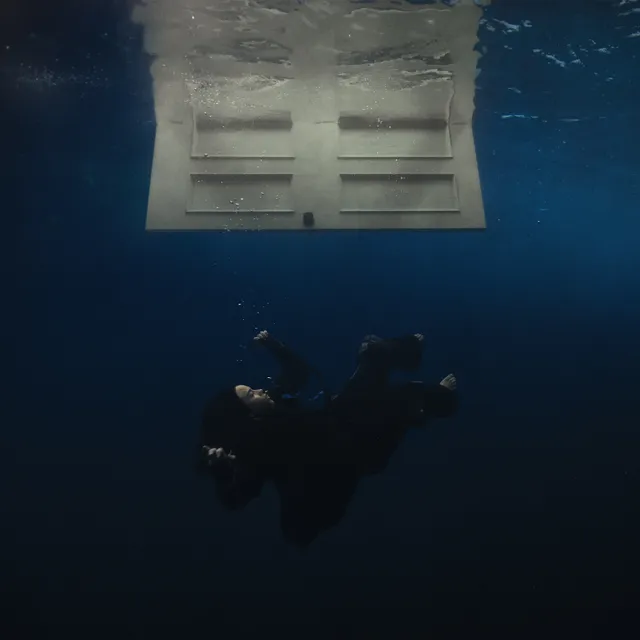Billie Eilish described her goal for **HIT ME HARD AND SOFT (HMHAS)** as creating an “album-ass album,” drawing inspiration from Coldplay’s *Viva La Vida* and Vince Staples’ *Big Fish Theory*. These albums are ambitious pop mini-epics where established artists showcase their range, often with help from outside producers like Brian Eno or SOPHIE. However, with Finneas once again at the helm of HMHAS, the result feels familiar. For the first time, Eilish’s live drummer Andrew Marshall and the Attacca Quartet (with arrangements by Finneas and David Campbell) are featured. Eilish effortlessly transitions from minimalist trance to stadium rock, maintaining the dense vocal layering and inventive percussion that characterize Finneas’ production. Yet, the album lacks true surprises, offering instead grander versions of their previous work.

Thematically, HMHAS focuses on falling out of love with a narcissist (as on “Blue”) and experiencing love with a woman for the first time. The opener, “Skinny,” hints at another exploration of fame’s perils, reminiscent of *Happier Than Ever*. After Eilish confirmed her bisexuality in a Variety profile, the media frenzy followed. On this album, she addresses her sexuality on her own terms, dismissing past accusations of “queerbaiting”. “Lunch” stands out for its straightforward sexuality and sharp lyricism, with Eilish delivering some of her best lines. Despite familiar musical elements, Eilish’s irreverence and wit shine through. While some tracks strive for grandeur, not all succeed. “Chihiro” revisits the uptempo feel of “Bellyache” with lush synths, though it lacks a standout chorus. Multi-part suites like “The Greatest” and “Bittersuite” revisit familiar territory, sometimes to their detriment. “L’Amour de Ma Vie,” a breakup ballad, suffers from lackluster production and empty space. For the first time, Billie and Finneas deliver something that feels disjointed.
Eilish does break new ground in her storytelling, exploring relationship complexities with maturity. “Wildflower” details her feelings for her boyfriend’s ex, while “The Diner” offers a stalker’s perspective, blurring lines between obsessive romance and self-reflection. Every song has intriguing details, but the emphasis on multipart epics and ballads disrupts the album’s flow. Despite the hyped live instrumentation, it often feels more like decoration than a core element of the artistry. Jon Castelli’s mix leaves extra elements fighting for space, making HMHAS another good, but not groundbreaking, record from Billie and Finneas. It’s tasteful and occasionally arresting, but even the best session musicians can’t elevate it to a masterpiece.